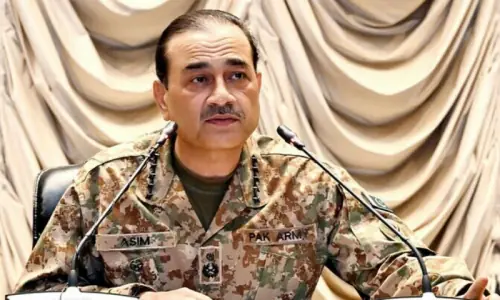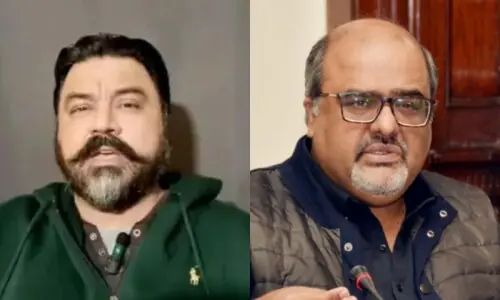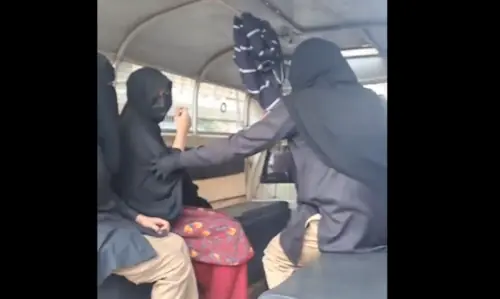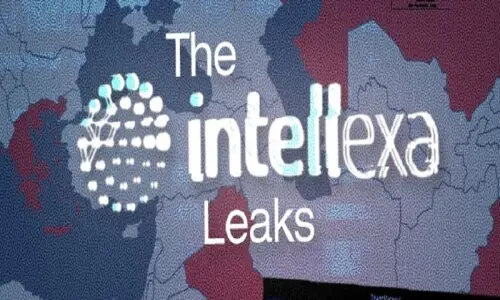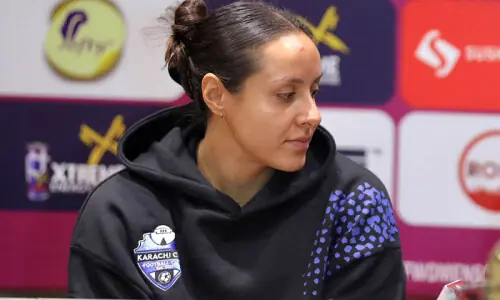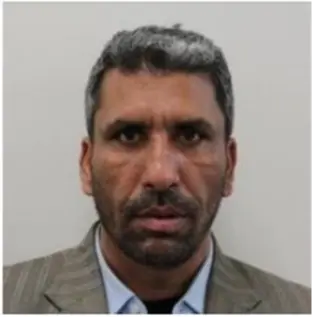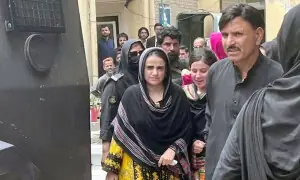Given the brutal violence against the Shias in Pakistan over the past three decades, Shias have started to wonder if there is a future for them in Pakistan.
While hundreds of thousands of Shias had migrated to Pakistan in 1947 in the hope of building a new life for themselves and their future generations, many are now contemplating emigrating from Pakistan to save their lives and property.
Hundreds of Shias have been murdered by the Deobandi militants in Quetta in the past few months alone. In the last couple of weeks, Shias have been taken off buses, lined up and shot dead. Quetta, however, is not an exception. Shias are not safe in any major town in Pakistan. Their places of worship, religious processions, and civilian and religious leadership has come under relentless attacks while the State’s machinery has either refused or failed to protect Shias and other religious minorities in Pakistan.
According to South Asia Terrorism Portal, 3,700 civilians, mostly Shias, have been killed and another 7,700 wounded since 1989 in sectarian violence in Pakistan. Elsewhere, several thousand Shias have been ruthlessly murdered in sectarian violence in Afghanistan, Bahrain, Iraq, and Pakistan. In the last decade alone, the number of Shias killed by fellow Muslims is an order of magnitude higher than those who died at the hands of non-Muslims. These stats are at odds with the mainstream rhetoric of the religio-political Muslim parties who argue for one people under Islam.
In 2004, I visited India for the first time. I attended the Friday prayers in the historical Delhi mosque. The cab drove me right to the main gate and I walked freely into the compound. Later, I visited the Bara (large) and Chota (small) Imambargah in Lucknow. I walked into both places without any hindrance. The same was true for mosques and shrines in other cities that I visited in India. Weeks later when I went to Pakistan I realised how far things had deteriorated vis-à-vis India. While I was able to walk into Sunni and Shia places of worship in India without being stopped at checkpoints by the police, I was not able to do the same in Pakistan.
The streets leading up to Imambargahs in Pakistan were guarded by police against possible attacks on Shias. Even Sunni shrines were heavily guarded by the police and private security guards; I made a painful realisation. In the supposedly Hindu India, Muslims’ places of worship existed in relative safety while in a Muslim Pakistan, mosques and shrines had to be guarded against the wrath of fellow Muslims.
I am not oblivious to, or ignorant of, the wholesale violence against Muslims in Gujarat in India, or the discovery of 2,156 unidentified dead bodies buried in unmarked graves in Kashmir, or the breakout of sporadic communal violence in Mumbai that often leaves many Muslims dead. However, if one were to focus on the rest of India, especially the States in South India, Muslims live in relative peace. On the other hand, there is no place left in Pakistan where one can claim that religious minorities are not threatened by extremist Muslims.
The network of sectarian violence in Pakistan has its roots in the Deobandi sect. Syed Ejaz Hussain, who is a deputy inspector general of police, for his doctoral thesis in criminology at the University of Pennsylvania analysed the demographic and religious characteristics of the 2,344 terrorists arrested between 1990 and 2009 in Pakistan*. These terrorists were the ones whose cases were forwarded to the courts after the police were satisfied of their guilt based on their preliminary investigation. The sectarian breakdown of the arrested terrorists revealed that more than 90 per cent were of the Deobandi sect. An ethnic breakdown revealed that 35 per cent arrested terrorists were Pashtuns who in fact make up only 15 per cent of Pakistan’s population.
 Source: http://repository.upenn.edu/edissertations/136
Source: http://repository.upenn.edu/edissertations/136- Source: http://repository.upenn.edu/edissertations/136

BBC’s Urdu service recently profiled militant outfits in a special coverage of four decades of militancy in Pakistan. The overwhelming majority of the militant outfits followed the Deobandi sect. Furthermore, several of the same militant outfits have been reportedly active in India, which has raised alarms in capitals around the world about the collusion between religious extremists and the Pakistan intelligence apparatus.

- Source: BBC Urdu Service.
Dr. Hussain also noted in his doctoral thesis that terrorist violence escalates significantly after the arrest of seasoned militants who are seldom prosecuted, thus making all arrests futile. Often the judges and police officials involved in arresting sectarian militants are killed in targeted violence. It is no surprise that the judge who recently convicted the police constable accused of murdering the former Governor of Punjab, Salman Taseer, has gone into hiding.
Pakistanis often quote the founder of Pakistan, Muhammad Ali Jinnah, who spoke in unambiguous terms about religious freedom for the minorities in the country he founded. The reality on the street however is far from Jinnah’s vision of Pakistan. The streets in Pakistan are now controlled by military, militants and mullahs – a trifecta of high school dropouts or those who never made it to a university or a college.
As Afghanistan and Pakistan descend further into chaos even more militant groups of varying sizes and ambitions will regrettably come out of woodwork trying to take control of a balkanised Afghanistan and a militarised Pakistan whose infrastructure failures will fuel even more anarchy. Such environments are the perfect breeding grounds for sectarian militants who would target Shias with even more gusto.
If the security situation does not improve for Shias in Pakistan, they may want to consider seeking asylum in foreign lands. The foreign missions in Islamabad should consider such asylum requests on humanitarian grounds. It cannot get any worse than being pulled out of public transit and shot dead for your religious beliefs.
*Hussain, Syed Ejaz, "Terrorism in Pakistan: incident patterns, terrorists’ characteristics, and theimpact of terrorist arrests on terrorism" (2010). University of Pennsylvania.

The views expressed by this blogger and in the following reader comments do not necessarily reflect the views and policies of the Dawn Media Group.


